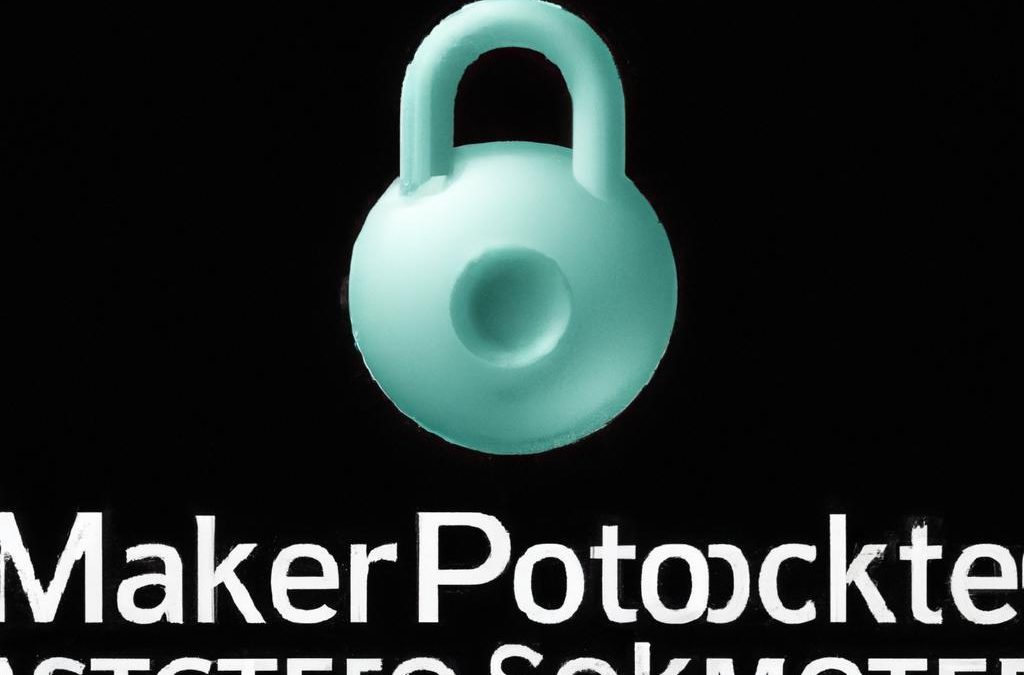
In a world where consumer choices shape economies and ecosystems alike, understanding the origins of the products we purchase has never been more crucial. From the cotton in your shirt to the coffee in your cup, every item carries a story woven into its fabric—one that often goes unnoticed in the hustle and bustle of modern life. As more discerning consumers emerge, a growing interest in the backstories of products is becoming a hallmark of mindful shopping. This article embarks on a journey to empower you with essential tips for tracing your purchases, offering insights into how to unveil the narratives behind the goods that fill your cart. By delving into the practices of transparency, ethical sourcing, and sustainability, you can make informed decisions that resonate with your values and contribute to a more conscious consumer landscape. Join us as we navigate the intricate web of product origins, and discover the power of knowledge in transforming your shopping experience.
Unraveling the Journey of Your Purchases Insights into Ethical Sourcing and Sustainability Practices
In a world increasingly concerned with the impact of consumer choices, it’s essential to go beyond the price tag and unravel the journey behind the products we purchase. Understanding the origins of goods leads to informed decisions that align with personal values. To delve deeper, start by investigating the **supply chain** of your favorite brands: where their materials come from and who makes them. This investigation can uncover vital insights into their ethical sourcing and sustainability practices. Key aspects to consider include:
- Materials Used: Are they sustainable or eco-friendly?
- Vendor Relationships: Do they foster fair working conditions?
- Environmental Impact: What is the brand doing to reduce its carbon footprint?
As you gather information, consider creating a comparison table to see how various brands perform within these categories. It can help visualize which businesses prioritize ethical practices over profit. Here’s a simple template to get you started:
| Brand | Materials | Fair Trade Practices | Environmental Initiatives |
|---|---|---|---|
| Brand A | Recycled Cotton | Yes | Planting Trees Initiative |
| Brand B | Organic Hemp | Yes | Zero Waste Goals |
| Brand C | Conventional Material | No | Minimal Engagement |
By systematically analyzing this information, you can uncover which brands genuinely commit to ethical and sustainable practices, empowering you to make purchases that reflect your values while contributing positively to the globe.
Empowering Informed Choices Strategies for Tracking Product Origins and Making Conscious Decisions
In today’s world, where consumer choices significantly impact the environment, health, and communities, understanding where your products come from is essential. Start your journey by **researching brands** that align with your values. Look for companies that prioritize transparency in their supply chains, provide detailed information on sourcing materials, and adhere to ethical labor practices. Utilize online resources, such as product labeling apps or websites that aggregate data about companies’ social and environmental impact. Engage with communities and organizations dedicated to ethically sourced products to enhance your understanding and make better-informed decisions.
Tracking product origins is not just about brands and labels; it’s also about developing a conscious purchasing mentality. Consider the following strategies to empower your shopping habits:
- **Read Labels:** Look for certifications such as Fair Trade, Organic, or B Corp that indicate adherence to ethical standards.
- **Ask Questions:** Don’t hesitate to reach out to manufacturers or stores for information about their sourcing practices.
- **Use Technology:** Explore apps designed to scan barcodes and provide insights on product origins and company practices.
To visualize your findings, maintaining a table to track product details can be helpful. A simple format could include the product name, brand, origin, and ethical certifications, which can aid in comparing products effectively.
| Product | Brand | Origin | Ethical Certifications |
|---|---|---|---|
| Organic Coffee | EcoBrew | Colombia | Fair Trade, USDA Organic |
| Reusable Bag | Sustainably Yours | USA | Certified B Corp |
| Natural Soap | Purely Eco | Canada | Vegan, Cruelty-Free |
In Retrospect
As we conclude our journey through the intricate web of product origins, it becomes clear that every purchase is more than just a transaction; it’s a story waiting to be uncovered. By tracing your purchases, you empower yourself with knowledge that transcends price tags and brands, revealing the labor, materials, and ethics behind each item. In an era where conscious consumerism is on the rise, understanding where and how products are made can significantly influence the choices we make.
Armed with the essential tips we’ve explored, you are now equipped to take a more informed approach to shopping. Whether it’s digging into a brand’s history, seeking sustainable alternatives, or questioning supply chains, each step you take contributes to a larger movement towards accountability and transparency. As you embark on your next shopping adventure, remember that your choices can resonate far beyond your personal space. They can serve as a catalyst for change, advocating for better practices in the world of commerce. Happy tracing!
















